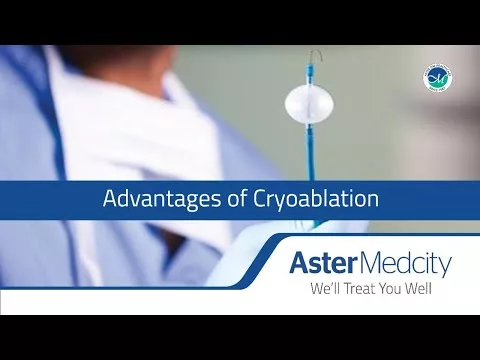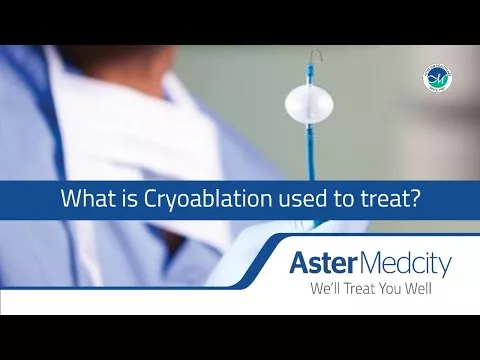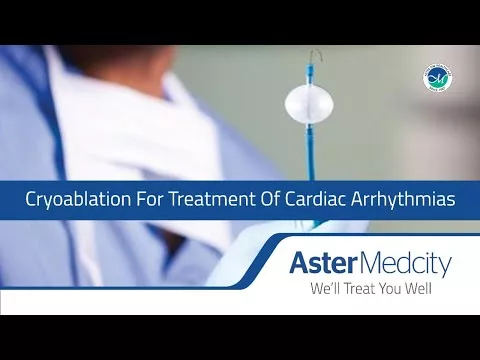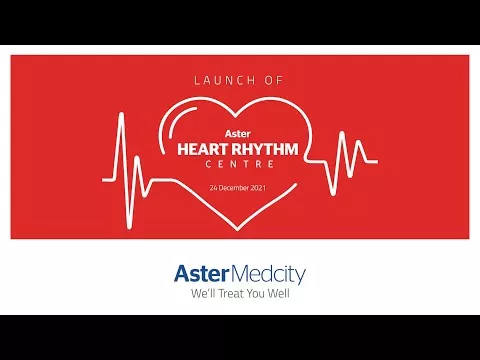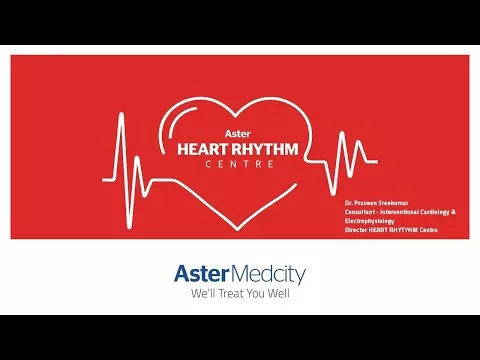What is Cardiac Resynchronization Therapy?
Cardiac Resynchronization Therapy (CRT) is a medical procedure used to treat certain types of heart failure. It involves the implantation of a device called a biventricular pacemaker or a cardiac resynchronization therapy defibrillator (CRT-D).
In heart failure, the heart's chambers may not beat in a synchronized manner, causing inefficient pumping of blood. CRT aims to restore the normal synchrony of the heart's electrical signals and improve its overall function. The procedure is typically recommended for individuals with moderate to severe heart failure symptoms despite optimal medical therapy, particularly those with a specific type of heart rhythm abnormality known as left bundle branch block.
During the procedure, the biventricular pacemaker or CRT-D device is implanted under the skin in the upper chest area. It consists of three leads: one placed in the right atrium, one in the right ventricle, and an additional lead in the coronary sinus, a vein located on the surface of the heart. The leads deliver electrical signals to the heart, coordinating the contractions of the left and right ventricles to improve the heart's pumping efficiency.
The device monitors the heart's activity and delivers timed electrical impulses to the ventricles, stimulating them to contract in a synchronized manner. This resynchronization helps improve the heart's pumping ability, enhances blood flow, and reduces symptoms such as shortness of breath and fatigue.
In some cases, a CRT-D device is used instead of a pacemaker. The CRT-D device not only provides cardiac resynchronization but also incorporates defibrillator functions to deliver electrical shocks if a life-threatening abnormal heart rhythm is detected. Following the implantation, patients typically require regular follow-up visits to monitor the device's function and make any necessary adjustments. The device's battery life is usually several years, after which it will need to be replaced during a minor surgical procedure. It's important to note that the decision to undergo CRT is made after a thorough evaluation by a cardiologist or a heart failure specialist who will assess the patient's symptoms, heart function, and specific criteria for candidacy.
Why and when Cardiac Resynchronization Therapy (CRT) is recommended?
Cardiac Resynchronization Therapy (CRT) is recommended for individuals with specific indications and characteristics. Here are the main reasons why and when it is typically recommended:
- Heart Failure: CRT is primarily used to treat heart failure, specifically when the heart's pumping ability is compromised. It is typically recommended for individuals with moderate to severe heart failure symptoms despite optimal medical therapy.
- Left Bundle Branch Block (LBBB): CRT is most effective in patients with a specific type of heart rhythm abnormality called left bundle branch block. LBBB is characterized by a delay in the electrical conduction within the heart's electrical pathways, leading to asynchronous contractions of the heart's ventricles.
- Symptoms and Functional Limitations: CRT is recommended for individuals experiencing symptoms such as shortness of breath, fatigue, and exercise intolerance despite medical therapy. These symptoms may significantly impact a person's quality of life and functional capacity.
The decision to recommend CRT is made on a case-by-case basis by a cardiologist or a heart failure specialist. They will evaluate the patient's medical history, symptoms, cardiac function, ECG findings, and other relevant factors to determine whether CRT is appropriate and likely to provide benefits.
How it is different from other treatment options?
Cardiac Resynchronization Therapy (CRT) differs from other treatment options for heart failure in several ways. Here are some key differences between CRT and other therapies:
- Medications: Medications are commonly used to manage heart failure symptoms and improve cardiac function. However, CRT offers an additional treatment option that directly addresses electrical conduction abnormalities and synchronizes the heart's contractions. It can be used in combination with medications, and in some cases, CRT may reduce the need for certain medications.
- Implantable Cardioverter-Defibrillator (ICD): An implantable cardioverter-defibrillator is a device that is implanted to monitor and regulate the heart's rhythm. While ICDs are primarily used to detect and treat life-threatening arrhythmias, CRT-D devices combine the functions of CRT and ICD. CRT-D devices provide cardiac resynchronization therapy while also having the capability to deliver electrical shocks to correct dangerous heart rhythms if they occur.
- Left Ventricular Assist Device (LVAD): In advanced cases of heart failure, a left ventricular assist device may be used to support the heart's pumping function. LVADs are mechanical devices that are implanted to assist the weakened heart in pumping blood. CRT, on the other hand, does not replace the heart's function but aims to optimize its pumping efficiency through synchronization of the heart's contractions.
- Heart Transplant: For certain individuals with end-stage heart failure, a heart transplant may be considered. This involves replacing the failing heart with a healthy donor heart. CRT is not an alternative to a heart transplant but may be recommended as a treatment option to improve symptoms and cardiac function while a patient awaits transplantation or in cases where transplantation is not feasible.
- Surgical Interventions: In some cases, surgical interventions such as coronary artery bypass grafting (CABG) or valve repair/replacement may be performed to treat underlying causes of heart failure. CRT is not a surgical procedure but rather an implantation of a device that helps improve the coordination of the heart's contractions.
It's important to note that the choice of treatment depends on the individual patient's specific condition and needs. The decision to recommend CRT or other treatment options is made based on a thorough evaluation by a cardiologist or heart failure specialist, considering factors such as the underlying cause of heart failure, the severity of symptoms, and the overall health of the patient.
How is life after Cardiac Resynchronization Therapy?
Life after Cardiac Resynchronization Therapy (CRT) can vary from person to person, but many individuals experience improvements in their symptoms, functional capacity, and overall quality of life. Here are some common aspects to consider regarding life after CRT:
- Symptom Relief: One of the primary goals of CRT is to alleviate symptoms associated with heart failure, such as shortness of breath, fatigue, and exercise intolerance. Many patients experience a reduction in these symptoms, allowing them to engage in daily activities with greater ease and improved quality of life.
- Improved Exercise Tolerance: CRT can enhance the heart's pumping efficiency, leading to better blood circulation and oxygen delivery to the body's tissues. This improvement often translates into increased exercise tolerance and the ability to participate in physical activities that were previously challenging or impossible.
- Enhanced Cardiac Function: CRT helps synchronize the contractions of the heart's ventricles, leading to improved overall cardiac function. This can result in increased ejection fraction (the percentage of blood pumped out of the heart with each contraction) and more effective pumping of blood throughout the body.
- Reduced Hospitalizations: By optimizing heart function and reducing symptoms, CRT can help decrease the frequency and duration of hospitalizations related to heart failure exacerbations. This can contribute to a more stable and predictable lifestyle.
- Device Management: Following CRT implantation, regular follow-up appointments with your cardiologist or electrophysiologist are essential to monitor the device's function, check the battery life, and make any necessary adjustments to the settings. These visits typically occur every few months or as recommended by your healthcare team.
- Lifestyle Modifications: While CRT can greatly improve quality of life, it does not eliminate the need for ongoing heart-healthy lifestyle choices. This includes maintaining a balanced diet, engaging in regular exercise (as recommended by your healthcare provider), managing stress, and adhering to any additional recommendations for heart failure management.
FAQs
At Aster Hospitals we provide the highest quality of care and a transformative experience for all your healthcare needs. With our network of multi-speciality hospitals, specialised doctors, and world-class technology, we bring global standards of medical care to our patients.
What is the recovery time after Cardiac Resynchronization Therapy implantation
Recovery time can vary, but most patients can resume normal activities within a few days to a week after CRT implantation. It's important to follow your doctor's instructions regarding post-operative care, wound healing, and medication management.
Can I still undergo magnetic resonance imaging (MRI) after receiving Cardiac Resynchronization Therapy?
Many CRT devices are now MRI compatible, but it's important to confirm with your healthcare provider if your specific device allows for MRI scans. Older devices may not be compatible, and precautions should be taken to ensure safety during MRI procedures. Discuss the MRI compatibility of your device with your doctor and the imaging facility before undergoing an MRI.
Blogs
The source of trustworthy health and medical information. Through this section, we provide research-based health information, and all that is happening in Aster Hospital.

